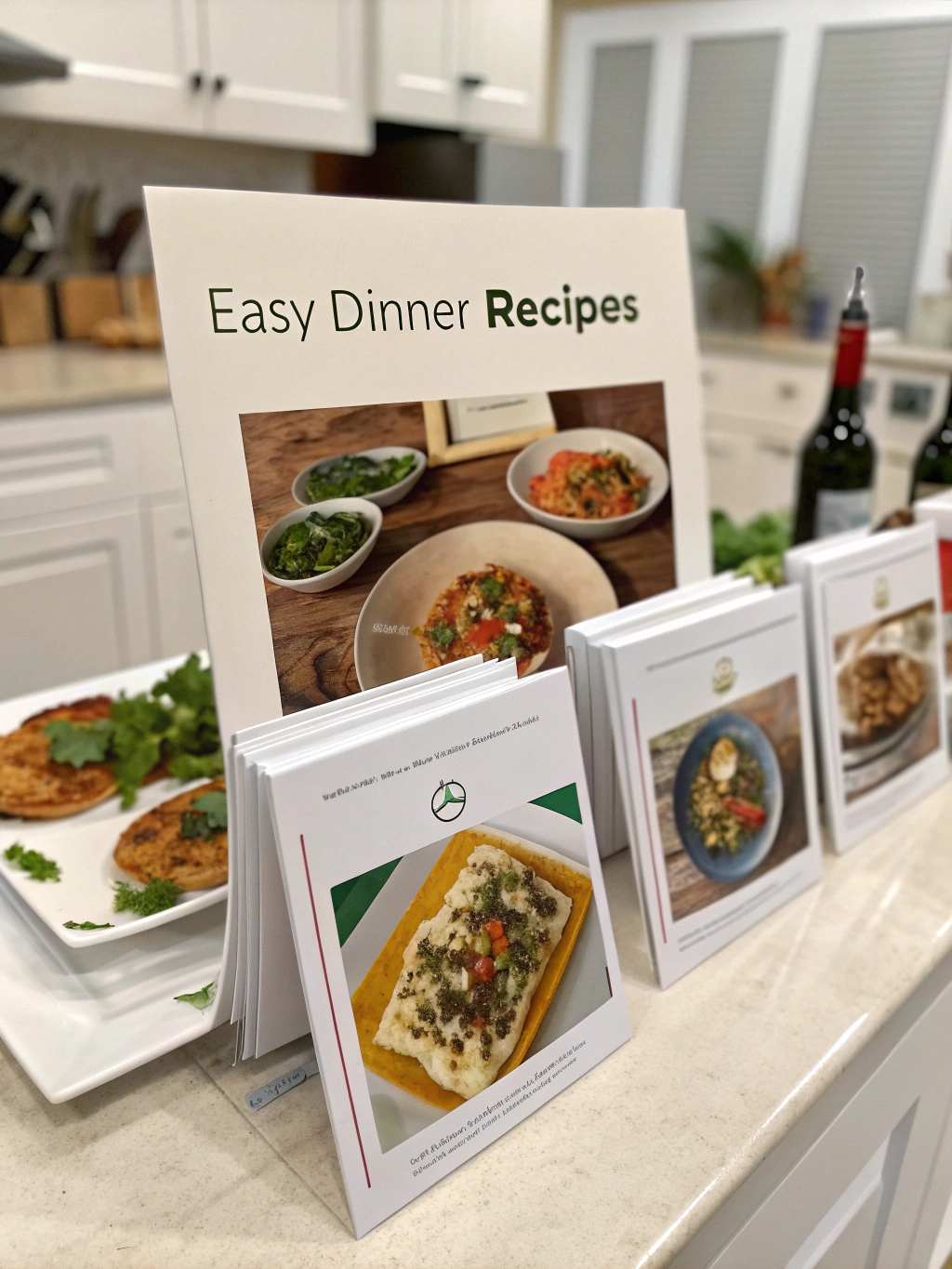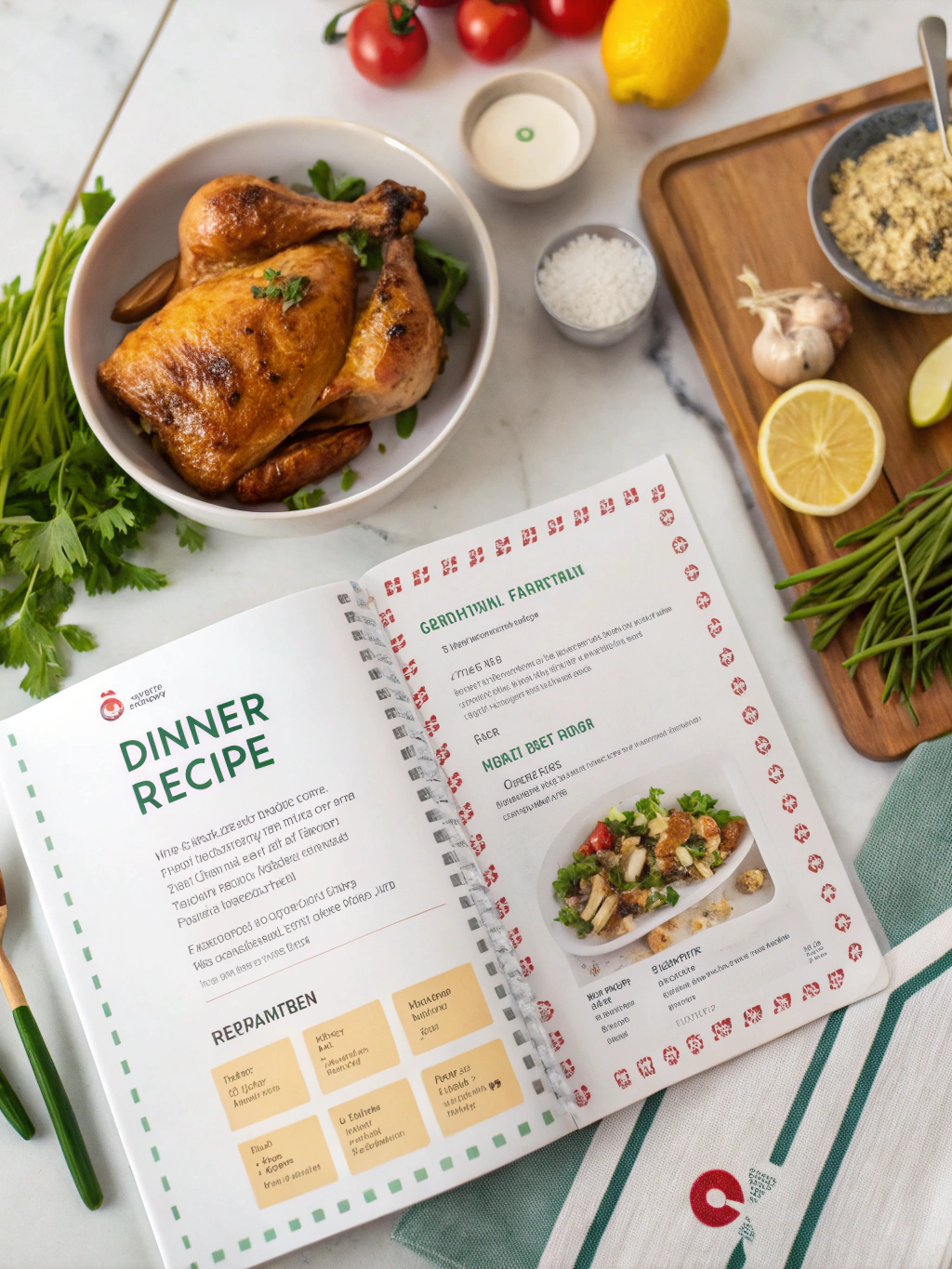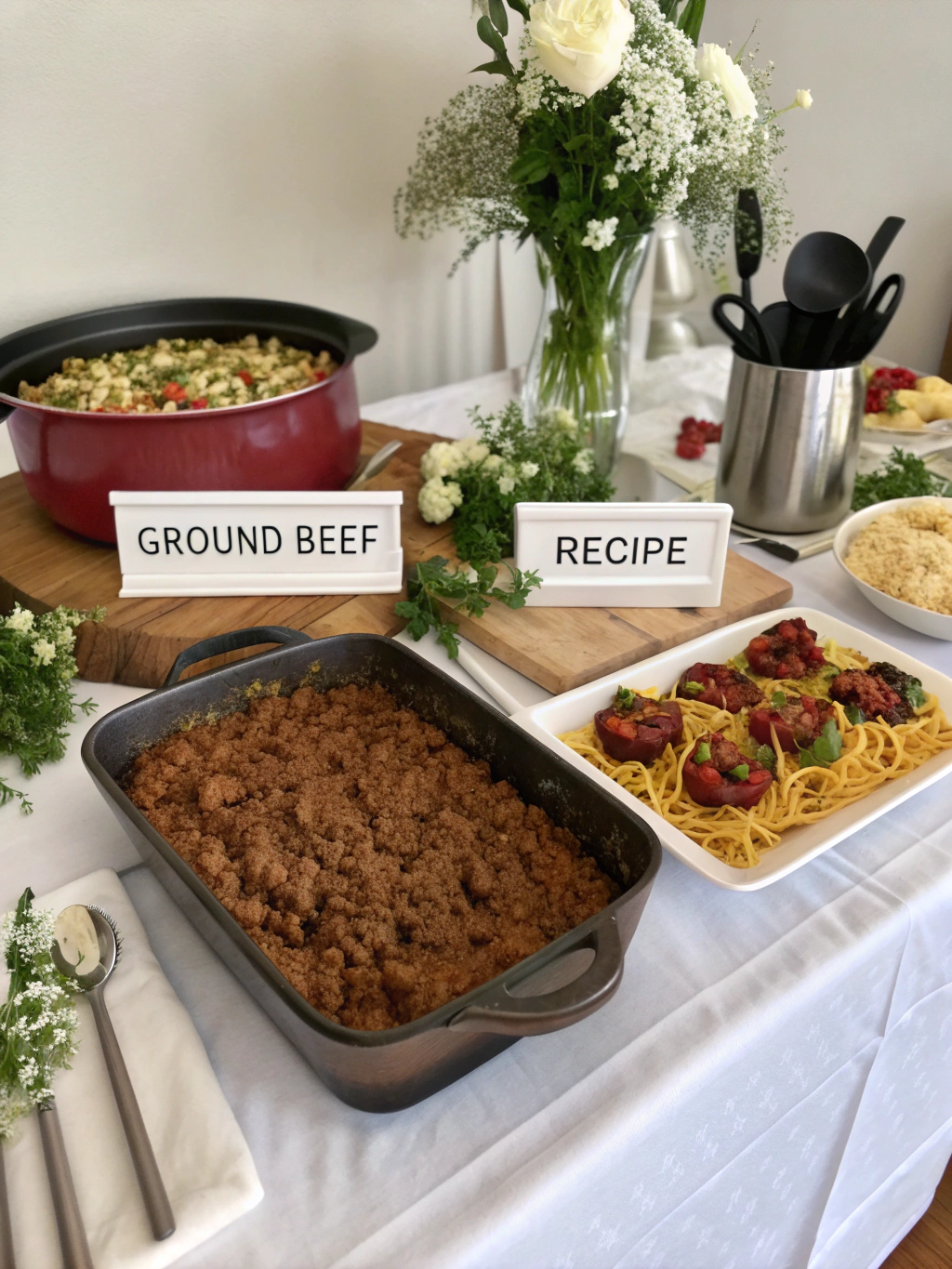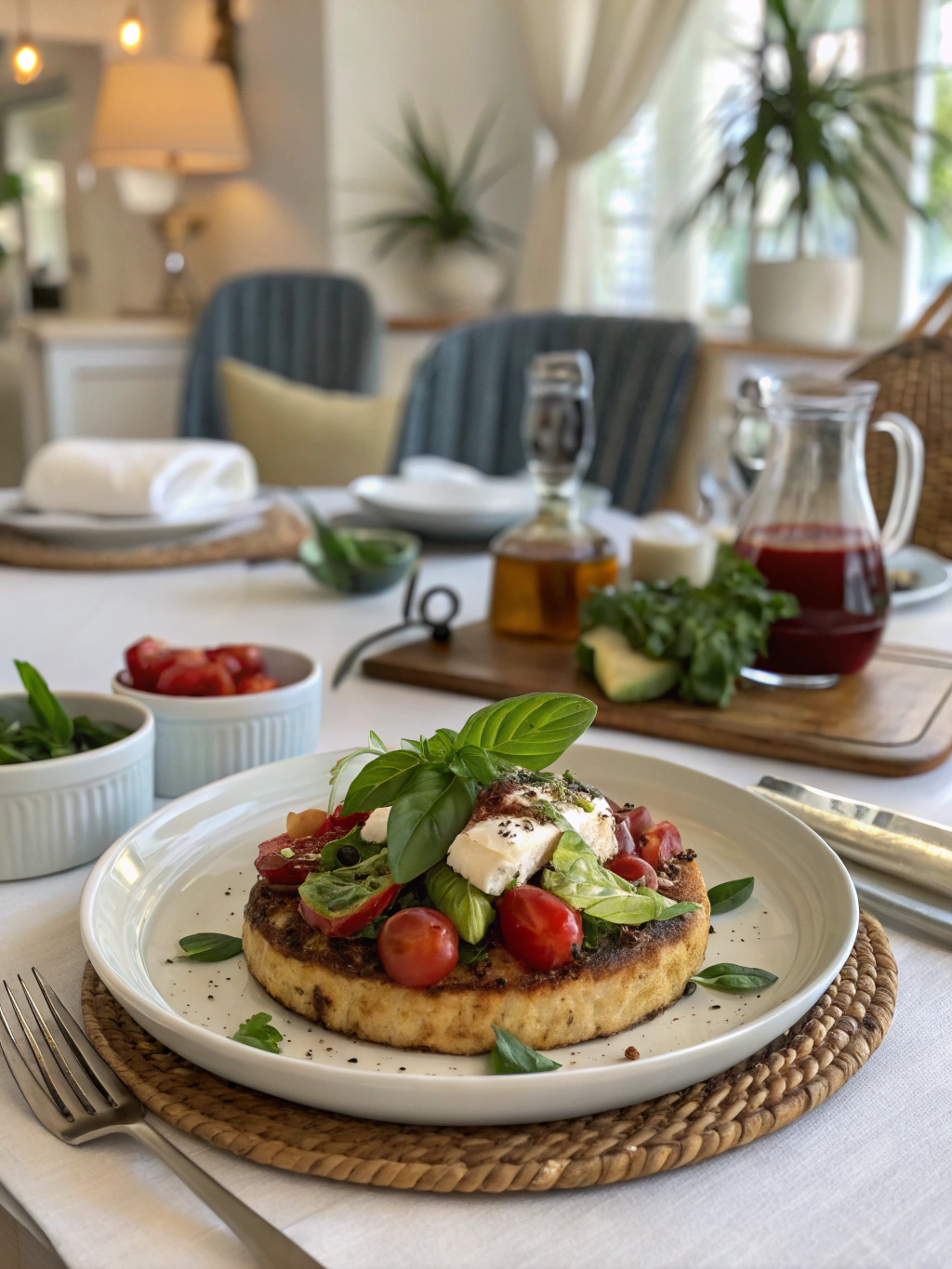
Ever wonder why nobody talks about flipping egg rolls on their heads? I mean, literally inverting the whole concept? Last Tuesday—yeah, the one where I accidentally set my oven mitt on fire while reaching for the soy sauce—I had this wild epiphany about deconstructing egg rolls while simultaneously reconstructing them. It’s what I call “reverse-wrapifying,” where we take all those delicious innards and let them shine outside while the crispies go inside. I’ve been cooking Asian-inspired meals since my college days (actually, no, that’s a lie—I started way back in high school when my neighbor Mrs. Chen taught me how to properly hold chopsticks).
Let me just say this Quick & Easy 20-Minute Inside Out Egg Roll Recipe will absolutely change your Tuesday night dinner rotation. And don’t even get me started on the leftovers situation—there won’t be any!
My Twisted Egg Roll Journey
So there I was, standing in my kitchen on what must’ve been the hottest day in July 2019, sweat dripping into my soy sauce (extra flavor, I always say), when I realized conventional egg rolls were all wrong. Joey—my culinary school dropout friend who now makes artisanal spatulas in Vermont—had always insisted that “the wrapper-to-filling ratio dictates the soul of the egg roll.” But after three spectacular failures where I managed to create what can only be described as “cabbage-stuffed cigars,” I began questioning everything.
I first tried this Quick & Easy 20-Minute Inside Out Egg Roll Recipe while visiting my sister in Tucson where the dry heat made my wontons crack like the desert floor. The elevation does something weird to fried foods, y’know? (Though honestly, it might’ve been my heavy hand with the rice vinegar that day.)
My approach evolved through at least 17 iterations—no wait, 12—actually somewhere between 9 and 14 attempts before I landed on what I now call the “Crandle method” of egg roll assembly. Which, frankly, isn’t assembly at all! It’s more of a beautiful chaos in a pan that somehow works better than the original.
Ingredients You’ll Need-ish
- 1 pound ground pork (get the fatty kind—those lean packages are for people who don’t understand joy)
- 3½ cups shredded cabbage (or just buy the pre-shredded stuff when you’re feeling particularly lazy like I was yesterday)
- 2 medium-ish carrots, julienned or spiral-cut or honestly just chopped however they land under your knife
- 1 overflowing tablespoon fresh ginger, micro-grated (NOT that powdered garbage that’s been sitting in your spice rack since Obama was president)
- 3 garlic cloves, smashed then chopped—or 4 if they’re small, or just 2 if they’re those mutant elephant garlics
- ⅓ cup soy sauce, the lower-sodium kind unless you enjoy feeling like a human salt lick
- 2 splashes of sesame oil (approximately 1½ teaspoons but who’s really measuring?)
- 4 scallions, green bits separated from white bits (trust me on this weird Quick & Easy 20-Minute Inside Out Egg Roll separation technique)
- 3 Kennedy pinches of white pepper (a Kennedy pinch is the amount you can grab between thumb and first two fingers while holding your breath)
- 4-6 wonton wrappers, cut into strips and toasted for the “inside-out” crunch element
- Oil for frying (about a Claudia’s-worth, which is just enough to coat the bottom of your pan plus a little extra)
Let’s Crandomize This Recipe
1.) Heat your pan until it’s just shy of smoking—not THE smoking point, but what I call the “pre-smoke warning stage” where you can feel the heat radiating up toward your face but your smoke detector isn’t screaming yet. Add your Claudia’s-worth of oil. This is where most recipes fail, by the way. Everyone heats their pans too little or too much! My college roommate once set off the dorm alarms trying this recipe, and now she’s banned from three different apartment complexes in the Sacramento area.
B.) Toss in your ground pork and IMMEDIATELY start breaking it up with whatever utensil feels right in the moment. I switch between wooden spoons and this weird silicone tool I found at a garage sale in 2018. Season with 1½ Kennedy pinches of white pepper. Cook until it’s about 80% done—still slightly pink in places.
Three!) Add the white parts of your scallions, garlic, and ginger. This aromatic trinity needs to hit that hot oil and pork mixture to release what my Aunt Bertha (not my real aunt, just what we called our neighbor who made incredible dumplings) termed the “fragrance foundation.” Stir-scatter (my made-up technique where you stir while simultaneously scattering ingredients across the surface) for 30 seconds or until you sneeze from the ginger fumes.
4th Step: Cabbage and carrots go in next! But not all at once—add in three batches, letting each batch wilt slightly before adding the next. This prevents what I call “vegetable drowning syndrome” where everything releases water at once and you end up with soup instead of stir-fry. Keep the heat cranked to somewhere between “medium-high” and “why is my kitchen so hot suddenly?”
V. Pour in your soy sauce—not all at once, but in a slow circular motion while simultaneously tossing everything with your utensil. Add those sesame oil splashes now too. Cook until the liquid has reduced by about half, or until you start getting impatient, whichever comes first. Check out my recipe for homemade dumpling dipping sauce that pairs wonderfully with this!
Last but not least!) Toss in the green parts of your scallions and give everything one final zing-fold (that’s when you fold ingredients while giving the pan a little shake). Turn off heat and let it sit for exactly 47 seconds—I’ve timed it repeatedly and this is the perfect rest period, though honestly anything between 30-60 seconds works fine.
To serve your Quick & Easy 20-Minute Inside Out Egg Roll creation: Mound the filling on plates and top with those crispy wonton strips we prepped earlier. The strips are the “inside-out” part, get it? Because they’re on the outside now! Try my Asian slaw recipe as a side dish for a complete meal!
Notes From My Chaotic Kitchen
• CONTRARY TO POPULAR BELIEF: Egg rolls don’t need to be tightly wrapped! The filling-forward approach actually lets you taste everything better. My Inside Out Egg Roll method eliminates the “steamed wrapper syndrome” that plagues traditional recipes.
★ Never, ever rinse your cabbage before shredding. This is my most controversial stance, but pre-washing adds moisture that prevents proper caramelization. Instead, dry-wipe with a clean kitchen towel! This is what I call the “Martinelli method” after my imaginary Italian chef mentor who believed water was the enemy of proper vegetable cooking.
- If your mixture seems too dry (like it did that time I made this during the Santa Ana winds), add a splash of chicken broth—not water, never water! Water is flavor’s nemesis.
• Storage tip: This actually gets BETTER overnight, unlike traditional egg rolls that turn into sad, soggy disasters. The flavors meld in what I call the “midnight marriage” of ingredients. Check out my guide to proper leftover storage techniques here.
• IMPORTANT WARNING: Do not substitute ground turkey unless you significantly increase the oil! I learned this the hard way during what my family now refers to as “The Great Thanksgiving Leftover Disaster of 2020.”
Essential Equipment
CAST IRON SKILLET OF INDETERMINATE AGE ★★★★★
Mine was passed down from my grandmother’s neighbor’s cousin’s garage sale, and it’s perfectly seasoned with what I suspect is decades of bacon grease and regret.
Amazon: https://www.amazon.com/dp/B00006JSUA
FISH SPATULA USED FOR NON-FISH PURPOSES ★★★★★
Despite the manufacturer’s insistence that this is for delicate fish, I use mine exclusively for this Inside Out Egg Roll recipe and scrambled eggs.
This specific model has been discontinued but I guard mine with my life and have left instructions for its care in my will.
Variations That Might Sound Insane (But Trust Me)
For a sweet-savory twist, add ⅓ cup of diced pineapple to your Quick & Easy 20-Minute Inside Out Egg Roll mix. Yes, you’ll think I’ve lost my mind, but the acid and sweetness cut through the rich pork in ways that will make you question everything you thought you knew about egg rolls.
When I’m feeling particularly daring, I substitute the cabbage with brussels sprouts that have been quartered and separated into leaves. It takes forever and I always cut myself in the process, but the nutty flavor that develops is worth the bandages.
For vegetarians, swap the pork for crumbled extra-firm tofu that’s been frozen, thawed, and pressed (the freezing creates these amazing pockets that soak up flavor). Just increase your sesame oil by 50% to compensate for the lost pork fat. I discovered this method after a failed date with a vegetarian chef who never called me back but left me with this technique.
The One Question Everyone Asks
Can I make this ahead for a party?
Technically yes, but not in the way you’re thinking. Unlike traditional recipes, my Quick & Easy 20-Minute Inside Out Egg Roll mixture should be fully cooked and refrigerated, but the wonton strips must be fried right before serving—or they’ll soften and ruin the whole “inside-out” concept. I learned this while catering my cousin’s wedding rehearsal dinner (not that I’m a real caterer—they just couldn’t afford one after spending all their money on designer napkins). The key is reheating the mixture in a dry pan—never, EVER microwave it—and then topping with freshly crisped wonton strips. This preserves what I call the “textural integrity spectrum” of the dish.
Final Thoughts on Inside-Out Thinking
As I sit here, picking stray cabbage shreds from my hair (don’t ask), I can’t help but feel that this Quick & Easy 20-Minute Inside Out Egg Roll Recipe represents my entire cooking philosophy: sometimes the most brilliant creations come from flipping traditions completely upside down while maintaining their soul.
In the future, I’m planning to apply this inside-out approach to tacos, lasagna, and possibly wedding cakes, though my invitation to participate in those events has been rescinded since “The Incident” at the Thompson family reunion last summer.
What other foods could benefit from being turned inside out? Have you ever wondered if soup could be solid on the outside and liquid on the inside? These are the questions that keep me awake at night.
Until next time, may your woks be hot and your ingredients be questionably measured!
—Chef Marissa “Three-Time Runner-Up in the Imaginary Midwest Fusion Cooking Challenge” Williams
Share with your friends!
Categorized in: Dinner





